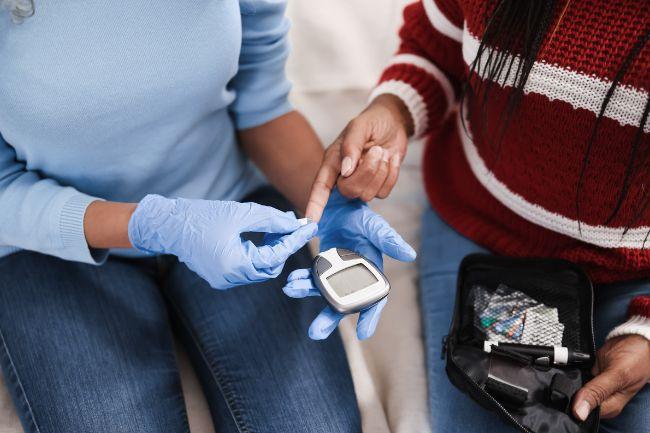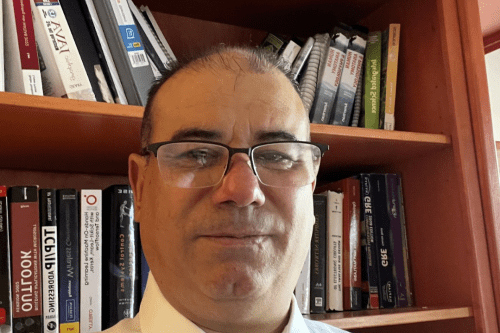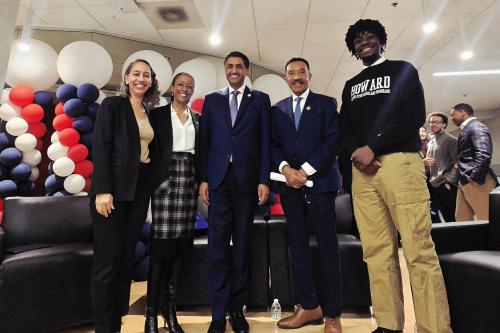On National Diabetes Day, Howard University’s Dr. Gail Nunlee-Bland, professor in the College of Medicine, is sending a clear message: while diabetes continues to disproportionately affect Black families and minority communities, the future is far from bleak. With rising awareness, better community resources, and expanding culturally informed prevention programs, she believes meaningful change is within reach.

The latest national data underscores why action remains critical. The CDC and American Diabetes Association report that 38.4 million Americans — about 11.6% of the population — are living with diabetes. Among adults 18 and older, that number climbs to 14.7%, with the burden falling unevenly across racial groups. Non-Hispanic Black adults have a 12.1% diabetes rate, notably higher than the 6.9% rate seen among non-Hispanic White adults. Prediabetes is also widespread, affecting roughly 97.6 million adults, or 38% of the U.S. population. In addition, Black adults are diagnosed with diabetes at a rate 24% higher than the total population. These numbers form a stark backdrop to this year’s national awareness campaign — and highlight why experts like Nunlee-Bland are sounding the alarm.
Nunlee-Bland stresses that diabetes is largely preventable, and communities have powerful tools to reverse current trends. She points to culturally tailored diabetes prevention programs, especially those located directly in Black and minority neighborhoods as essential to bridging gaps in awareness, access, and trust. These programs, she notes, provide education on healthy eating, physical activity, stress management, and long-term motivation.
“When programs are culturally relevant and rooted in the communities they serve, people feel seen, supported, and empowered,” she said.
Still, barriers remain. Nunlee-Bland notes that lack of primary care access often prevents early detection, even though screening for prediabetes should be part of every adult’s annual medical visit. Symptoms like excessive thirst and frequent urination are often overlooked until dehydration becomes severe. Broader systemic issues — such as food insecurity, unsafe neighborhoods, limited access to fresh produce, and chronic stress — also compound risk among Black families.
That’s why she believes policy change must accompany personal lifestyle shifts.
“We need safe walking paths, affordable fresh foods through subsidized farmers markets, and more community health workers who can help families navigate the barriers standing in their way,” Nunlee-Bland said.
These structural supports, she adds, can make healthy choices more feasible for households already juggling economic strain and environmental challenges.
Snapshot of Key U.S. Diabetes Statistics
- 38.4 million Americans (11.6%) have diabetes
- 14.7% of U.S. adults 18+ have diabetes
- 12.1% of non-Hispanic Black adults are diagnosed with diabetes
- 6.9% of non-Hispanic White adults are diagnosed with diabetes
- 97.6 million adults (38%) have prediabetes
- Black adults have a 24% higher diabetes diagnosis rate than the overall population
Even with the hurdles ahead, Nunlee-Bland remains optimistic. She sees growing awareness on social media, more families discussing diabetes openly, and increased advocacy pushing government agencies to fund more prevention programs. Community partnerships through churches, schools, sororities, fraternities, and local organizations are stepping up in meaningful ways.
“The most hope I have,” she said, “is seeing communities come together and recognizing that prevention is possible. Every family can make a difference.”
On this National Diabetes Day, her message resonates strongly: the numbers may be daunting, but the momentum for change is real. With education, advocacy, and community-driven prevention at the forefront, Nunlee-Bland believes Black families can turn awareness into action, and action into long-term health for generations to come.





